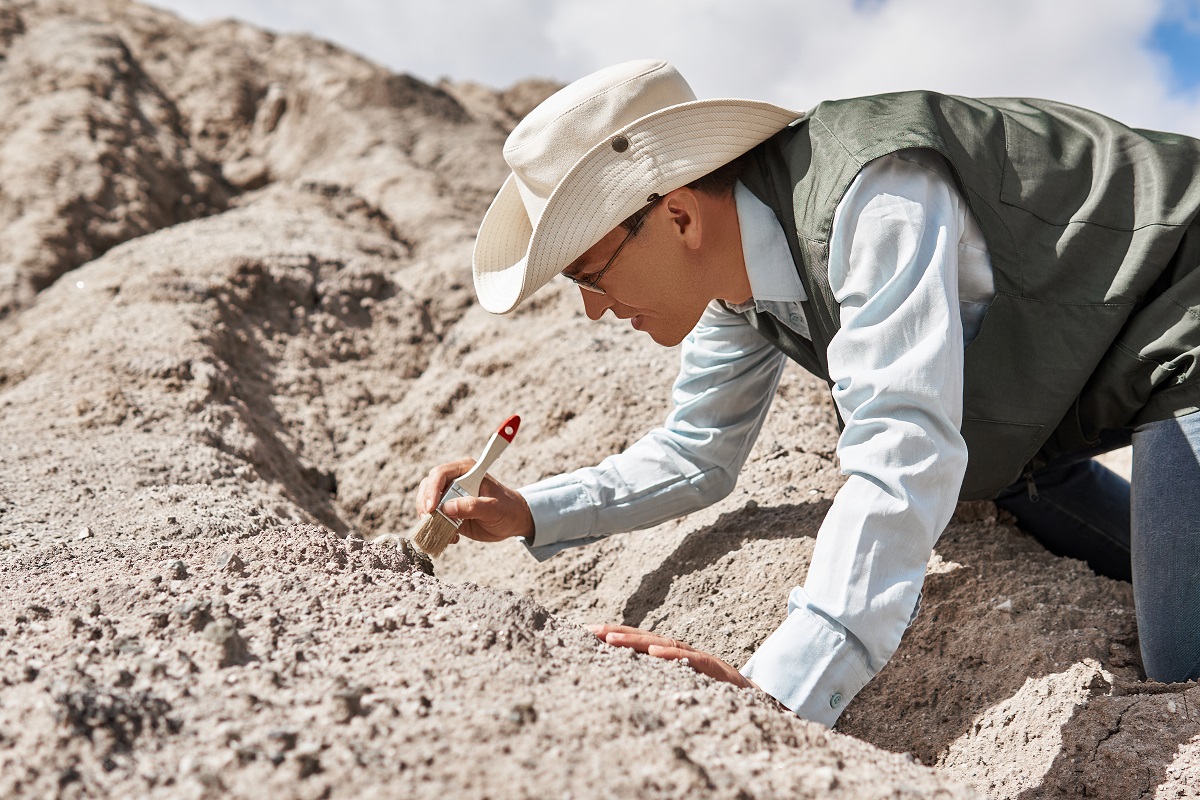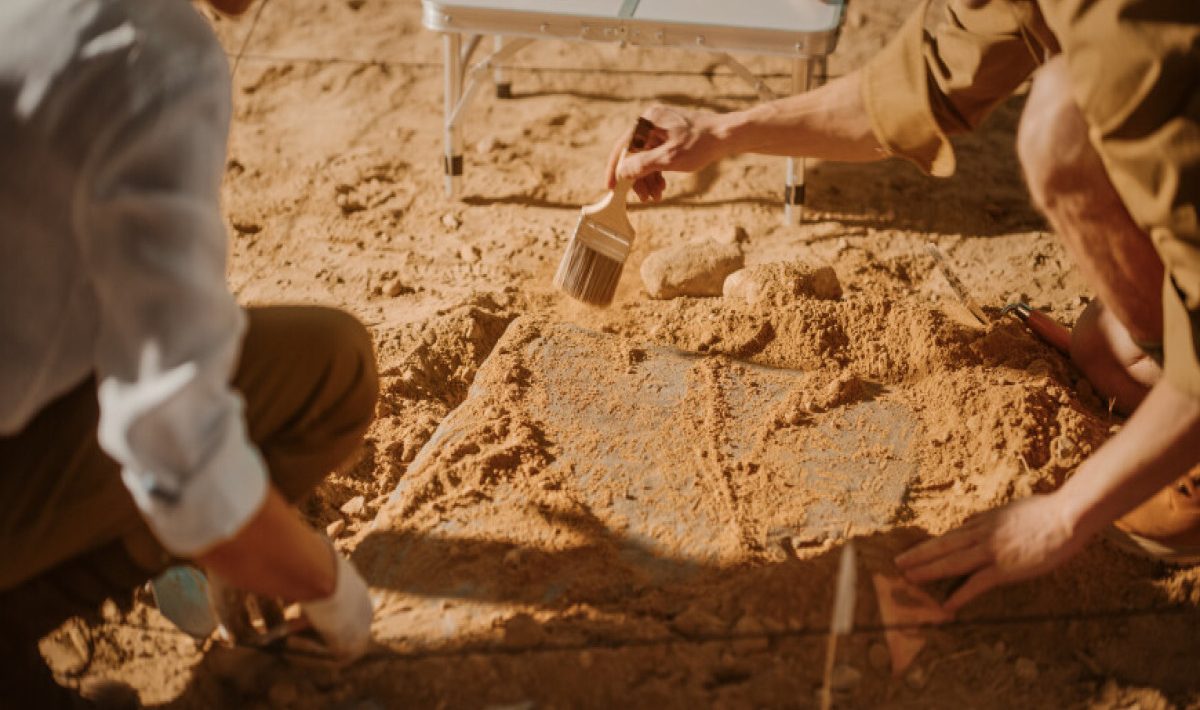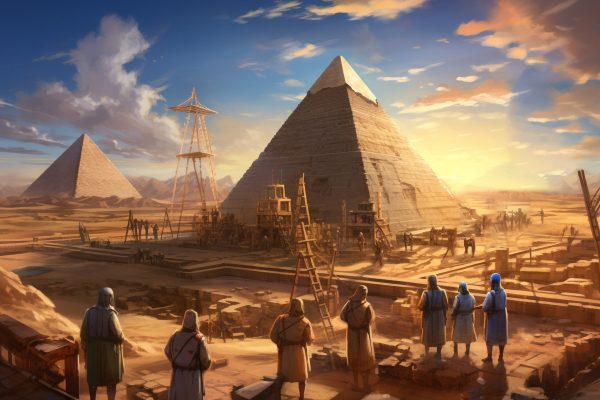Rock carvings in the Nefud Desert in Saudi Arabia have changed the worldview of researchers, who were stunned by such a discovery.
Saudi Arabia became the cradle of rock art. A clear example of this assertion is the appearance of animal figures such as camels and gazelles carved into stones that date back 12,000 years. This discovery was made by Maria Guagnin, an archaeologist at the Max Planck Institute for Geoanthropology in Germany, who led an initiative through the deserts of this nation until she came across this find that made them rethink, in part, the origin of humanity.
Standing 1.8 metres tall, these figures required surgical precision in their carving, which surprised everyone. ‘Carving so many details with just a rock requires real skill,’ said Guagnin in a statement reported by AP.
One of the facts gathered from these images is that the area of the Nefud Desert, located in northern Arabia, was already inhabited by humans prior to the creation of these sculptures, providing a reliable clue for further research.
Upon arriving in the area, Guagnin and a team of researchers set out to learn how the ancient inhabitants lived in such arid conditions. One of the hypotheses considered was the exploitation of the shallow lakes in the area, where they could drink water and minimally satisfy their basic needs.
As for the cave paintings, Guagnin has not yet deciphered how the sculptors were able to carry out this work in such a confined physical space. ‘The sculptors had to position themselves on a ledge just in front of the cliff,’ he said of this location, which has a downward slope and where one false step could lead to a serious accident.

These engravings caught the attention of researchers, who found no older records in the area due to the absence of writings or verifiable evidence. ‘We know relatively little about art in the Middle East during this ancient period of human history,’ the specialist summarised.
Upon arriving at this arid terrain unfit for human life, the scientists began collecting evidence and were struck by the portraits on stones identifying pack animals and others that became extinct over time, such as the aurochs, a species of artiodactyl mammal similar to a bull but smaller in size.
‘The findings show that communities were able to establish themselves fully in desert environments much earlier than previously thought. They must have known the landscape incredibly well,’ concluded the scientist, who was astonished by such works depicting the flora and fauna that existed in this desert area.





